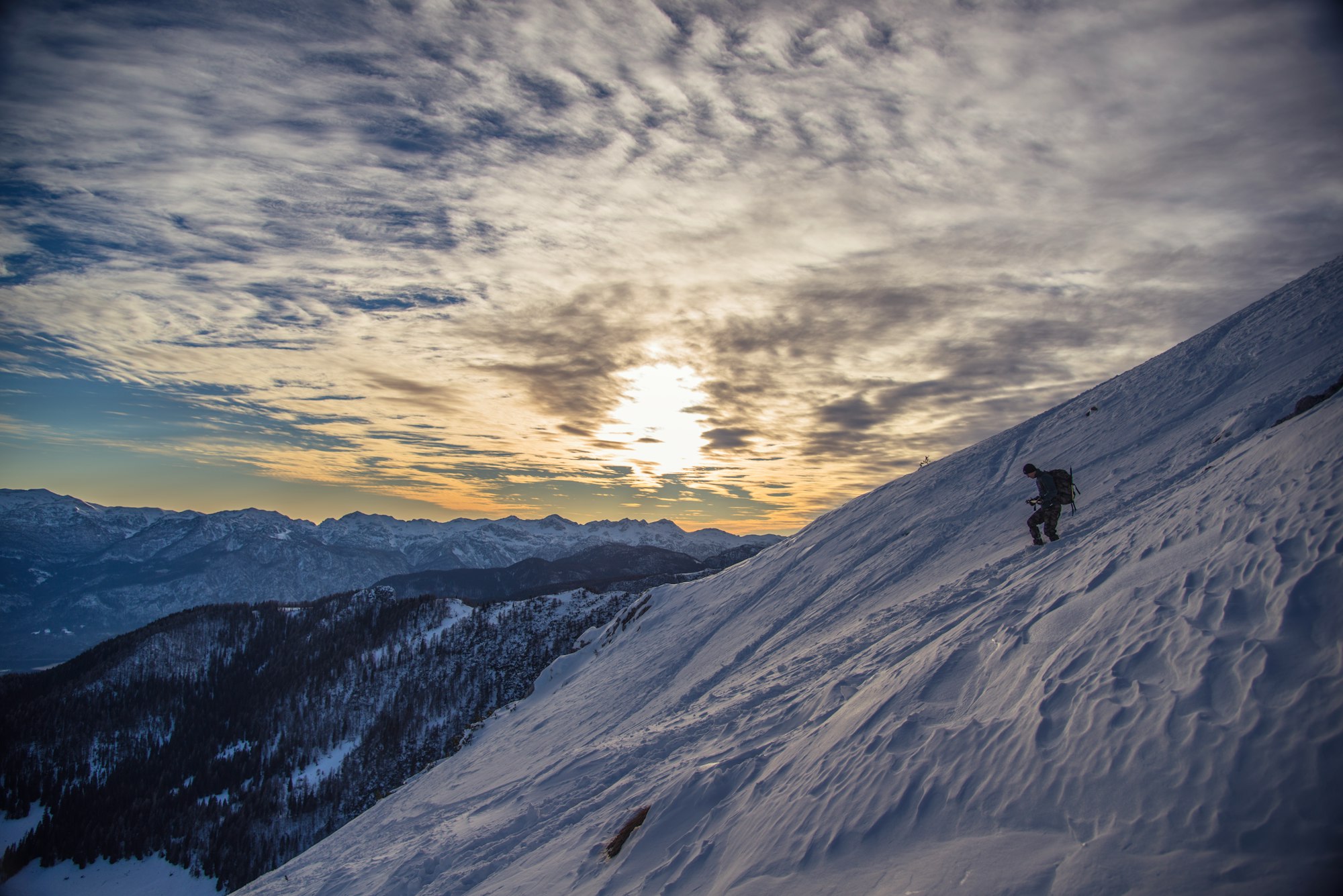The serious athlete is neglected.
A simple guide to "How to Run Your First 5K!" will always outsell an essential-but-dense tome like *The Lore of Running*. But training to survive short-term participation does little to maximize long-term performance.

Serious athletes are largely on their own to find the training resources that they need to excel. And those resources are often hard to find, hard to understand, and hard to believe.
Publishers want products that scale.
The serious committed [athlete] is neglected. There are very few books, magazines, or even advertisements aimed at the [athlete] looking to maximize performance ... as we get further and further from the recreational [athlete], the resources become increasingly sparse.
—Steve Magness, *The Science of Running*1,2
To thrive, publishers need to maximize book sales and advertising revenue. Service providers need broad appeal and plans or products that scale. With growth as a priority, both need to target the largest market: recreationalists in general and beginners in particular.
To best serve that broad market, training information has to be straightforward and generic. With participation in much higher demand than performance, most content is written for the former but marketed as the latter. And to really be successful, it also has to be gratifying.
Having fun and making quick wins are a much easier sell than long-term commitment and delayed gratification. Bespoke training advice doesn't scale.
But serious athletes have unique needs.
Finally, it involves figuring out what works best for you. While the general principles of training apply to most everyone, your own specific training needs are unique and different from everyone else's, and you can only uncover the “perfect formula” by trial and error.
—John Davis, *Modern Training & Physiology for Distance Runners*
Maximizing performance is very different from surviving participation. Maximizing performance demands:
- A long-term focus: What works in the short-term is often counter-productive in the long-term;
- Patience: Performance can only be maximized over many years, not in a few months, and certainly not in weeks;
- Consistency: Increasing adaptation demands an almost-constant stimulus. Off-and-on training—or worse, switching between unrelated sports—will sabotage progress;
- Bespoke planning: What works well for one athlete, may have little effect on another. Generic training prescriptions will get less-than-ideal results;
- Flexibility: Adaptation is very individual and often unpredictable. To really progress, athletes cannot follow plans. Plans have to follow athletes.
As a serious athlete increases fitness and gains experience, their training plans will less and less resemble what everyone else is doing. That makes for a very small market and very few publishers and providers that want to service it.
So serious research is often a solo effort.
Self-education through … exploration requires enormous amounts of unscheduled time. That time is needed to … play with ideas and materials, sort things out, experience and overcome boredom, and develop passions.
Publishers and service providers want to serve the largest market, beginners and recreationalists. By catering to the recreational market, a dearth of high-end training knowledge is created.
The best high-end training resources are often obscure, densely written, and (sometimes) badly translated. It's tedious to find them and takes hours of geekery to wade through.
Athletes looking for high-end training advice need to search farther and wider to find what they need, ignore a lot of what they see and read along the way, and tolerate being seen as crazy for doing so.
Most of us are not full-time athletes. Or full-time geeks. So for most a side gig in training research is not realistic. It's easier to grab a top-ten list from Men's Journal and hope it works. And without an alternate history to compare it to, many assume any small gain means that it did, even though it can't.
Which is why I'm writing Arrowhead Endurance.
I've spent 25 years doing the searching, reading, thinking, and testing. Now it's time to pass it on.
I started climbing in 1999 and studying endurance training under Scott Johnston in 2005. In 2013, I got serious and decided to see if I could maximize my aerobic capacity and express it as a skimo racer.3 That led to coaching and facilitating several personal records. Today, I have 300,000 words in notes, and 20,000 words in a first draft.
My goal with Arrowhead Endurance is to build a specific do-this, do-that process for serious athletes to design their own training program. I want to compile what I've learned from multiple sports, coaches, and physiologists and present it in a step-by-step program. The book will be built with clear instructions, a library of tools, and caveats from my own experience. Readers will be able to build an effective training program for their chosen sport. (And the geekery will be optional...)
It's time for mountain athletes to start using the best of what other sports have already figured out.
- Superscript numbers in quotations are Kindle locations, not page numbers.
- In The Science of Running, Magness originally wrote "the serious committed runner." But the statement is true for not just runners, but any athlete intent on maximizing performance over the long-term (which is the only timeframe over which it can happen.)
- Between 2013 to 2019, I increased my aerobic and anaerobic threshold speeds by almost 30%. I qualified for the Canadian National Team and competed at the World Championships.